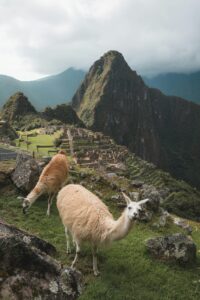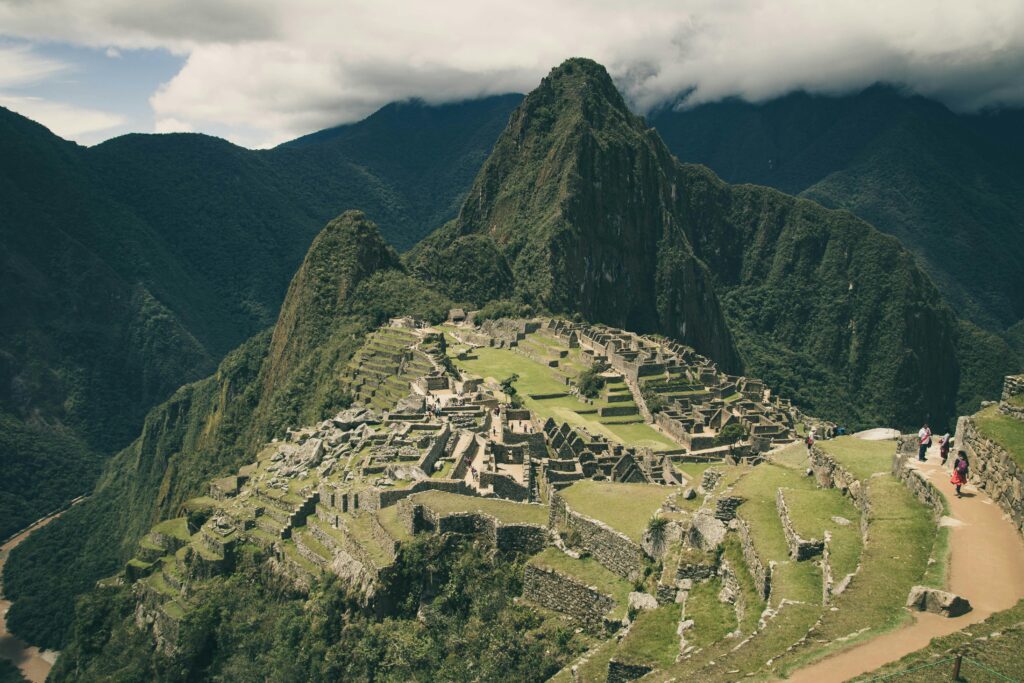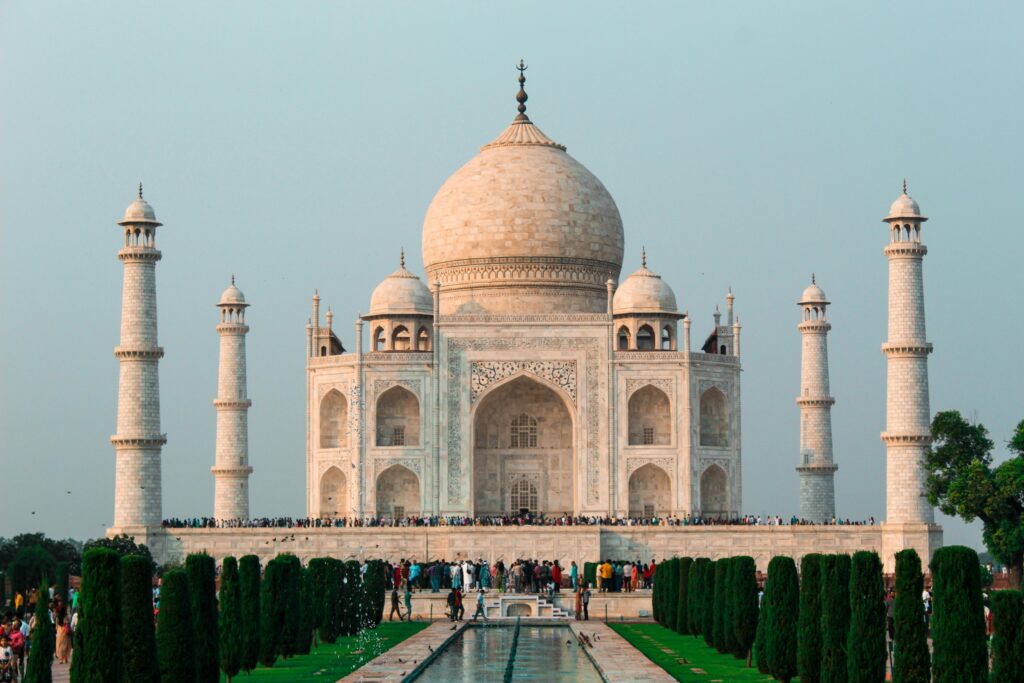The site of Machu Picchu is referred to as the Lost City of the Incas. This place remains one of the world’s most famous and well-preserved archaeological sites. As a UNESCO World Heritage Site, it stands situated at the heart of the Andes Mountains of Peru, not just fascinating both in mystery and breathtaking beauty but also showing incredible engineering.
Historical Background
Built in the mid-15th century during the reign of Pachacuti Inca Yupanqui, Machu Picchu is believed to have been an estate for the Inca emperor. It was abandoned around the time of the Spanish conquest in the 16th century, remaining unknown to the outside world until its rediscovery in 1911 by American historian Hiram Bingham.
This is why Machu Picchu is so well preserved-this never served as a discovery target for the Spanish during their conquest of the Inca Empire. The place is considered a ceremonial center and a retreat for royalty, highlighting the advanced knowledge of the Inca civilization in urban planning, architecture, and astronomy.
Geographic Location
Machu Picchu is a site located at the altitude of 2,430 meters or about 7,970 feet above sea level in the Peruvian region of Cusco on top of a mountain ridge along the Sacred Valley. Down below, the Urubamba River flows, thusly adding to the site’s dramatic and strategic location. Hilly terrain offered natural fortifications while offering breathtaking views of mountains and valleys.
This means the site fits the astronomical phenomenon where the cosmic sophistication and the depth of nature with the Incas are observed.
Architectural Genius
Machu Picchu is divided into two parts: the urban part, with temples, plazas, and residential areas, and the agricultural part, which consists of terraces and storage buildings. The city is harmonized in the perfect relationship between the nature surrounding it, thus mirroring the philosophy of the Inca: live with nature.
Architecturally, key features include:
The Temple of the Sun: A half-moon structure with windows aligned to the solstices, which demonstrates the astronomical abilities of the Incas.
This works pretty much like an exact solar clock or calendar. This astronomical observation is through carved granite.
The Chamber of Three Windows: The ultimate sacred building for the view over the sunrise; a building meant to proclaim the sun’s role in Inca religiosity.
Terraces: Ingenious agriculture terraces prevented soil erosion and maximized agricultural efficiency on steep slopes.
Machu Picchu is an engineering wonder. Inca’s ashlar masonry, fitting stones without mortar, makes it one of the world’s finest. Such perfection has been responsible for allowing many of the structures to stay upright for hundreds of years and survive earthquakes.

Rediscovery and Resurrection
In 1911, Hiram Bingham made Machu Picchu world-famous; however, for the indigenous communities who had inhabited the Andes Mountains, this was an existing wonder. Much work has been done in its study and preservation after that. It was declared a UNESCO World Heritage Site in 1983 and one of the New Seven Wonders of the World in 2007.
The site is now a major tourist attraction, welcoming over 1.5 million visitors annually. However, this popularity has raised concerns about environmental degradation and the impact of tourism on the fragile ecosystem. Strict regulations have been implemented to limit daily visitors and preserve the site for future generations.
Cultural and spiritual significance:
Machu Picchu is not only an architectural wonder but also spiritually centered. The Incas used the mountains surrounding the structure to worship, and many believed that the site had originally been a place where people performed religious ceremonies. The buildings in Machu Picchu reflect this reverence for the sun, moon, and stars since they are aligned to many celestial events.
Machu Picchu today remains as a pride for Peru as well as inspiration to the world about the ingenuity of Incas. Visiting the place brings forward deep connections and reverence people have for the past.

Interesting Facts
Rediscovery Myth: Machu Picchu was “discovered” by Hiram Bingham, but local farmers had known it existed for years. Bingham was instrumental in bringing it to international attention. Population: At its peak, the population of Machu Picchu stood approximately at 750, with all being elites and their attendants. Hidden Structures : Archaeologists feel that most of the Machu Picchu is hidden, as only about 60 percent has been unearthed so far. Biodiversity: It is said to have great biodiversity around, and there are more than 300 species of orchids, plus the rare Andean bear.
Conclusion
Machu Picchu is a true testament to how creative, spiritual, and tough the Inca civilization is. With its history and the importance of the cultural attributes it portrays, one considers this one of the world’s most attractive destinations to go to. Whether for great engineering prowess or mystical past, the inspiration it always invokes and draws curiosities of visitors about coming to see it are insatiable.



